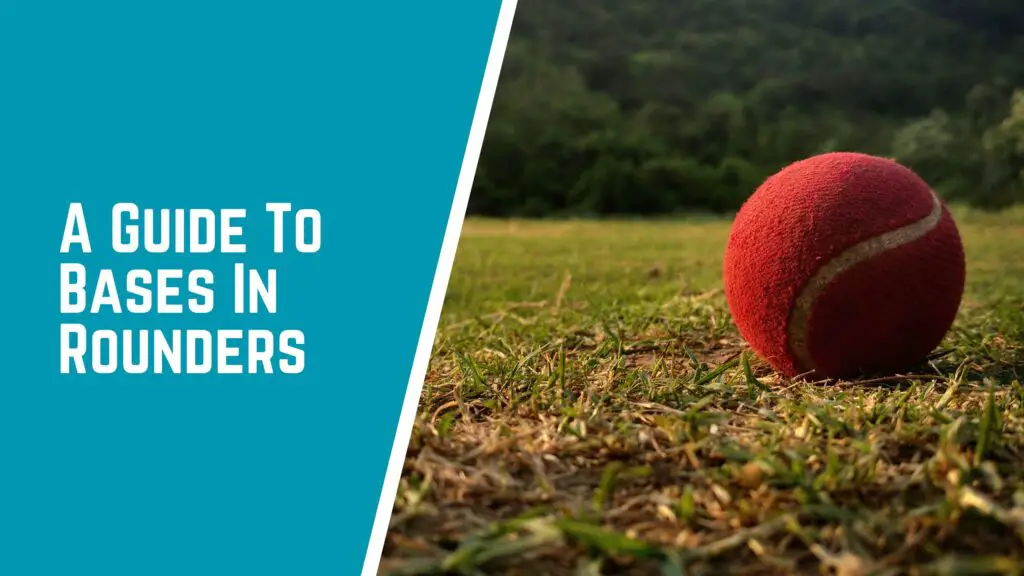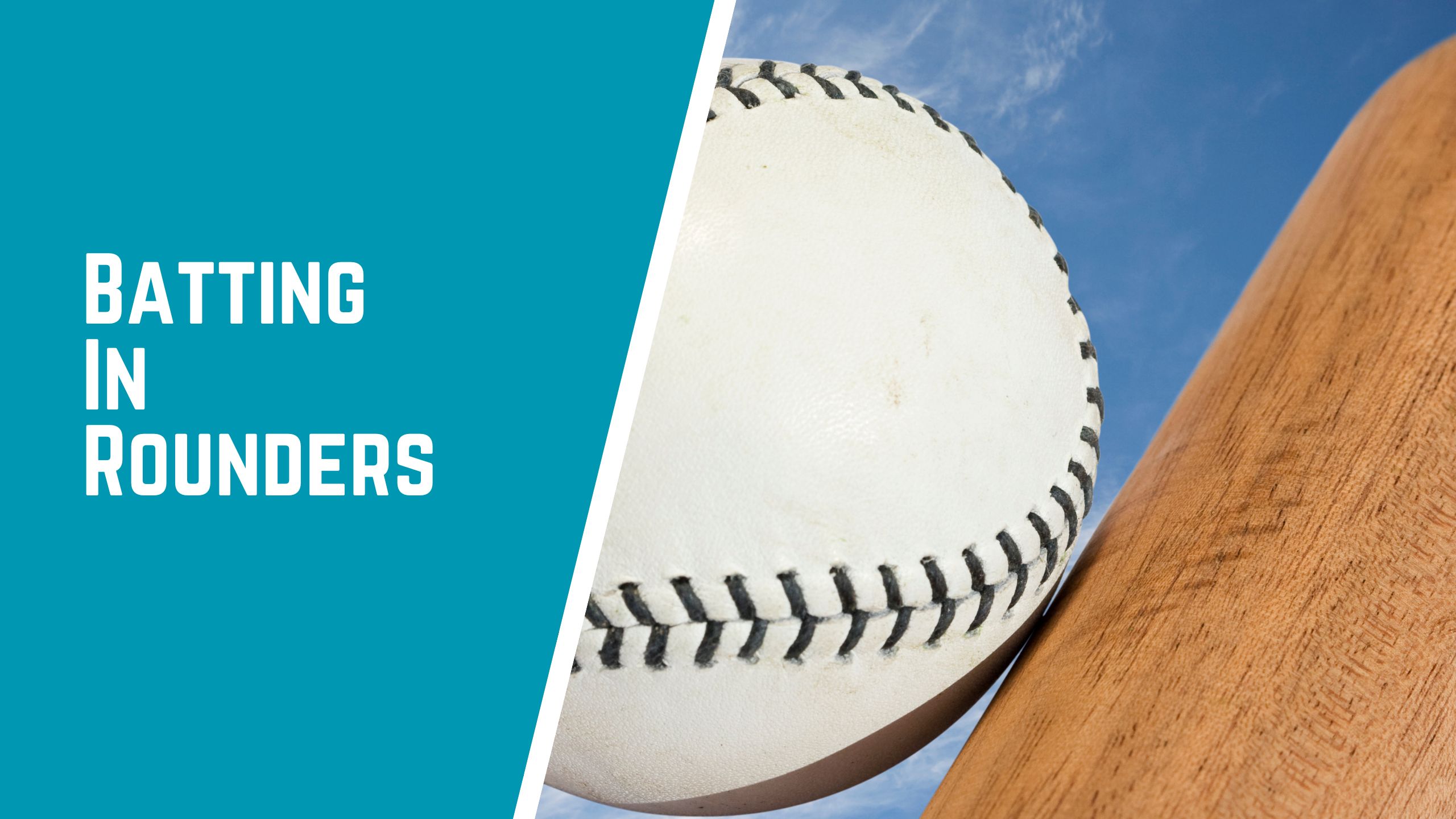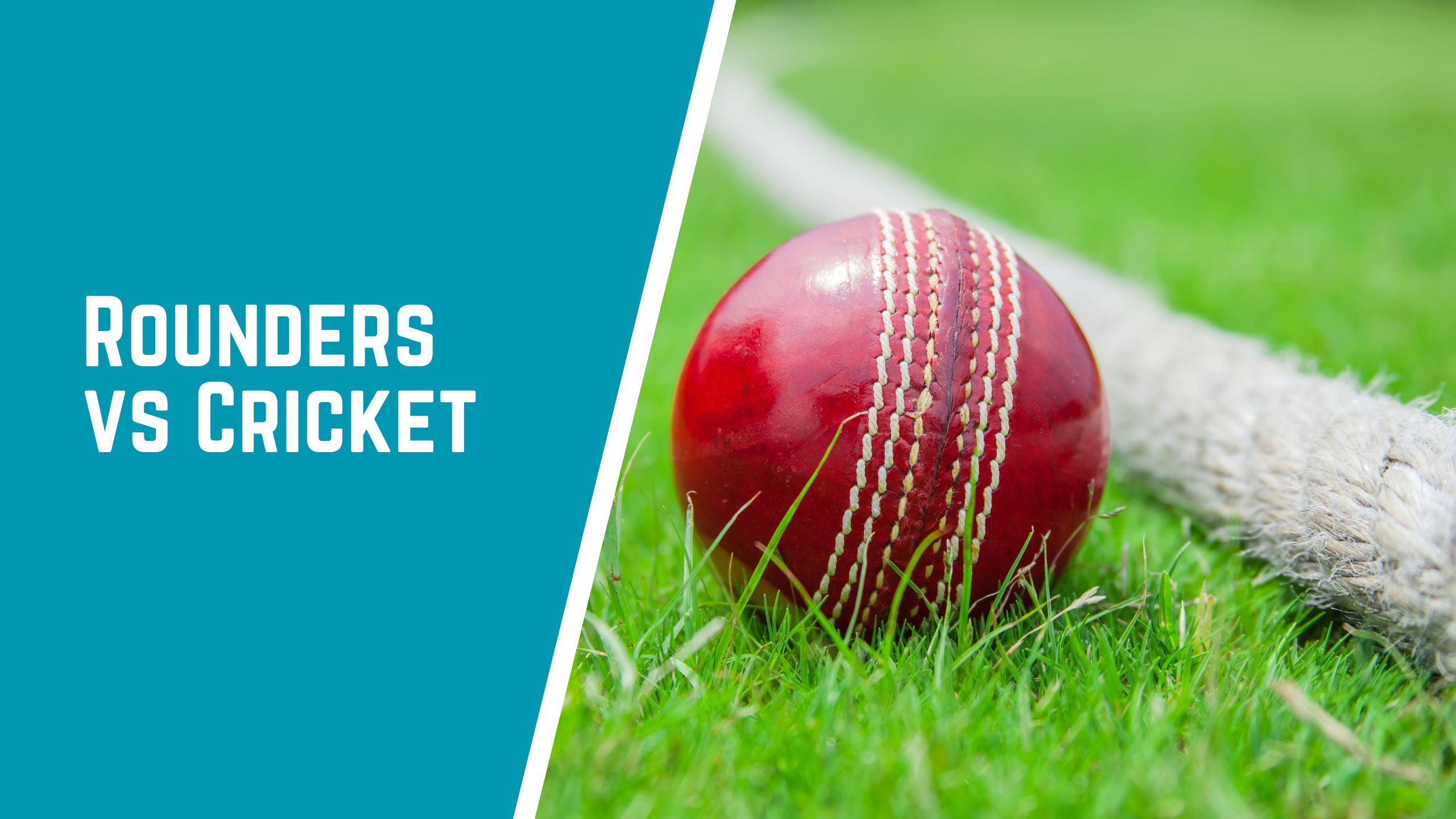As an avid sports enthusiast, I’ve always been fascinated by the various games played across the globe. One such game that has captured my attention is rounders, a sport that is not only fun but also requires a fair bit of skill and strategy.

Rounders, a bat-and-ball game, has been played for centuries and is often considered the precursor to sports like baseball and softball. The game is popular in the UK and Ireland, with players of all ages and skill levels participating. One critical aspect of rounders is the layout of the field and the number of bases, which greatly impact the game’s dynamics and strategies.
In my journey to learn rounders, I have come to appreciate the importance of understanding the number of bases in the game, as well as their significance in gameplay. So, let me share my insights with you on this exciting aspect of rounders!
Mastering the Field: Uncovering the Number of Bases in Rounders and Why It Matters
The Basic Structure of a Rounders Field
A rounders field consists of four bases, similar to its cousin, baseball. These bases are positioned in a diamond shape, with each base being approximately 12 meters apart. The batter stands beside the fourth base, also known as the home base, while the bowler (similar to a pitcher in baseball) throws the ball from the center of the diamond.
The Significance of Each Base
- First Base: Positioned to the right of the batter, the first base is the initial target for the batter after striking the ball. Reaching this base safely is crucial for scoring runs and progressing through the other bases.
- Second Base: This base is located diagonally across the field from the batter. A batter who successfully makes it to the second base is in a strong position, as they are halfway around the field and closer to scoring a run.
- Third Base: Third base is to the left of the batter and can be a high-pressure position. Batters who reach this base are just one step away from scoring a run, but the fielding team will be doing everything they can to prevent that from happening.
- Fourth Base (Home): The ultimate goal for any batter is to reach the home base, which is where they started. Scoring a run involves making it back to this base after running around the other three bases.
Scoring in Rounders
To score a run (called a “rounder”) in rounders, a player must hit the ball and run around all the bases without being caught out by the fielding team. Each base reached safely contributes to the team’s total score. Understanding the number of bases and their positions is crucial for developing strategies to maximize runs scored and minimize the risk of being caught out.
Strategies and Tips for Successful Gameplay
Batting Techniques
Developing a strong batting technique is essential for success in rounders. A well-hit ball can give the batter more time to run between bases and increase the likelihood of scoring a run. Practicing different types of hits, such as grounders and pop-ups, can help you become a more versatile and effective batter.
Running Between Bases
Speed and agility are crucial when running between bases. Being able to judge when to sprint and when to hold back can make all the difference in avoiding being caught out. It’s essential to communicate with teammates
and keep an eye on the ball and the fielders’ positions to make smart decisions while running.
Fielding Tactics
A well-coordinated fielding team can make it incredibly difficult for the batting team to score runs. Understanding the significance of each base and their positions allows the fielding team to strategically place themselves to prevent the batting team from reaching the bases safely. Practicing throwing and catching skills, as well as learning to read the batter’s movements, can make a huge difference in the outcome of the game.
Frequently Asked Questions about Bases in Rounders
What are the differences between rounders and similar sports like baseball?
While rounders and baseball share some similarities, such as the diamond-shaped field layout and four bases, there are key differences in rules, equipment, and gameplay. For instance, rounders uses a smaller, lighter ball and a shorter, more cylindrical bat, leading to differences in hitting and fielding techniques.
Are there any common misconceptions about bases in rounders?
Some people mistakenly believe that rounders has more or fewer bases than it actually does, mainly due to its similarities with other bat-and-ball sports. However, as we’ve discussed, rounders has four bases, just like baseball and softball.
Conclusion
Understanding the number of bases in rounders, their significance in gameplay, and the strategies involved in running between them is crucial for anyone looking to master the sport. Whether you’re a seasoned player or just starting, keeping these insights in mind will help you excel on the field and enjoy this exciting, fast-paced game even more. So, put on your running shoes, grab your bat, and get ready to hit some rounders!
Get The Complete Lawn Bowls Drill Pack
The Jack High Bowls Drill Pack is available now for instant download.
Perfect for beginners and improving players looking to be more consistent and win more games!

Get The Complete Lawn Bowls Drill Pack
The Jack High Bowls Drill Pack is available now for instant download.
Perfect for beginners and improving players looking to be more consistent and win more games!








